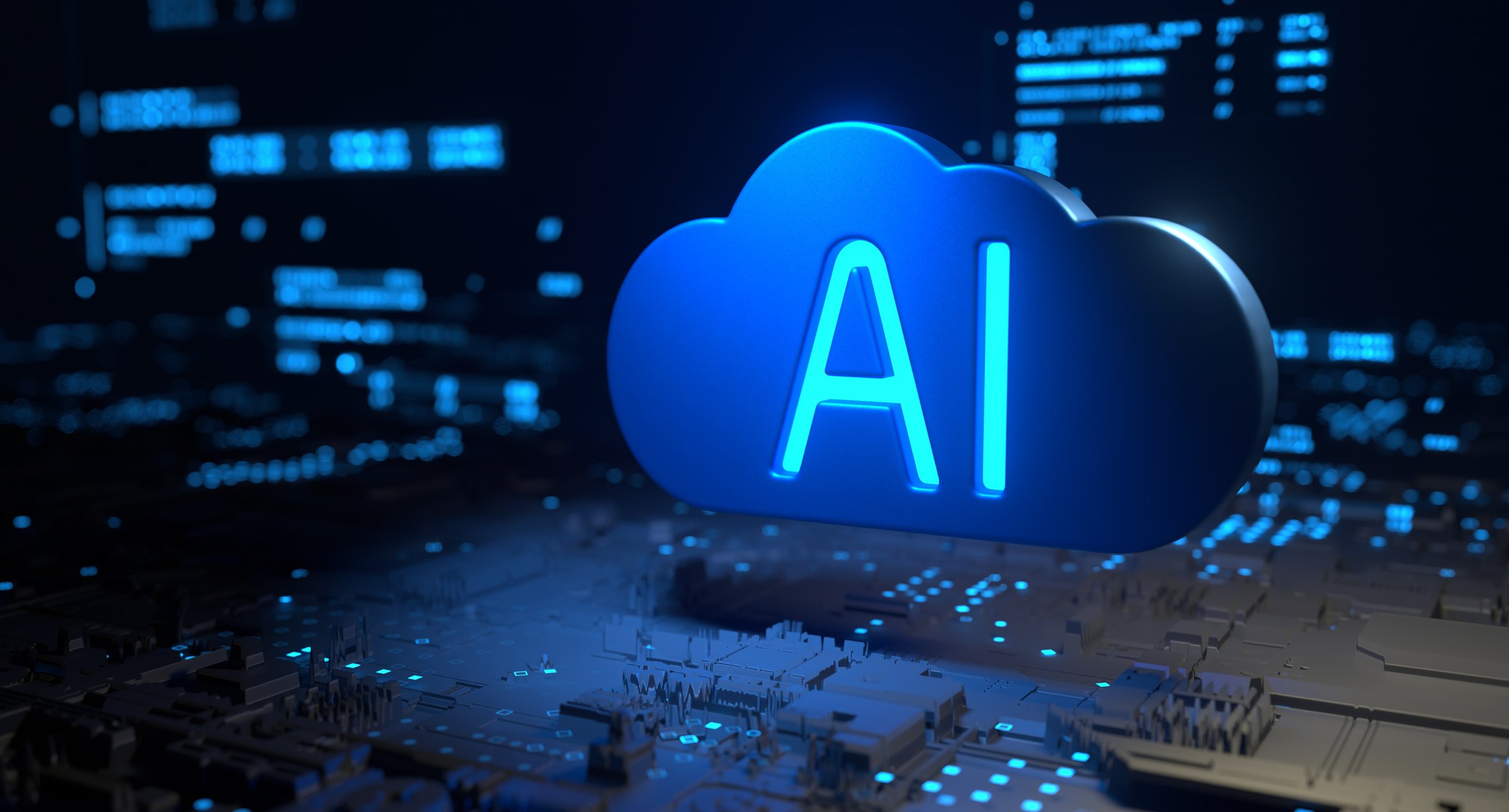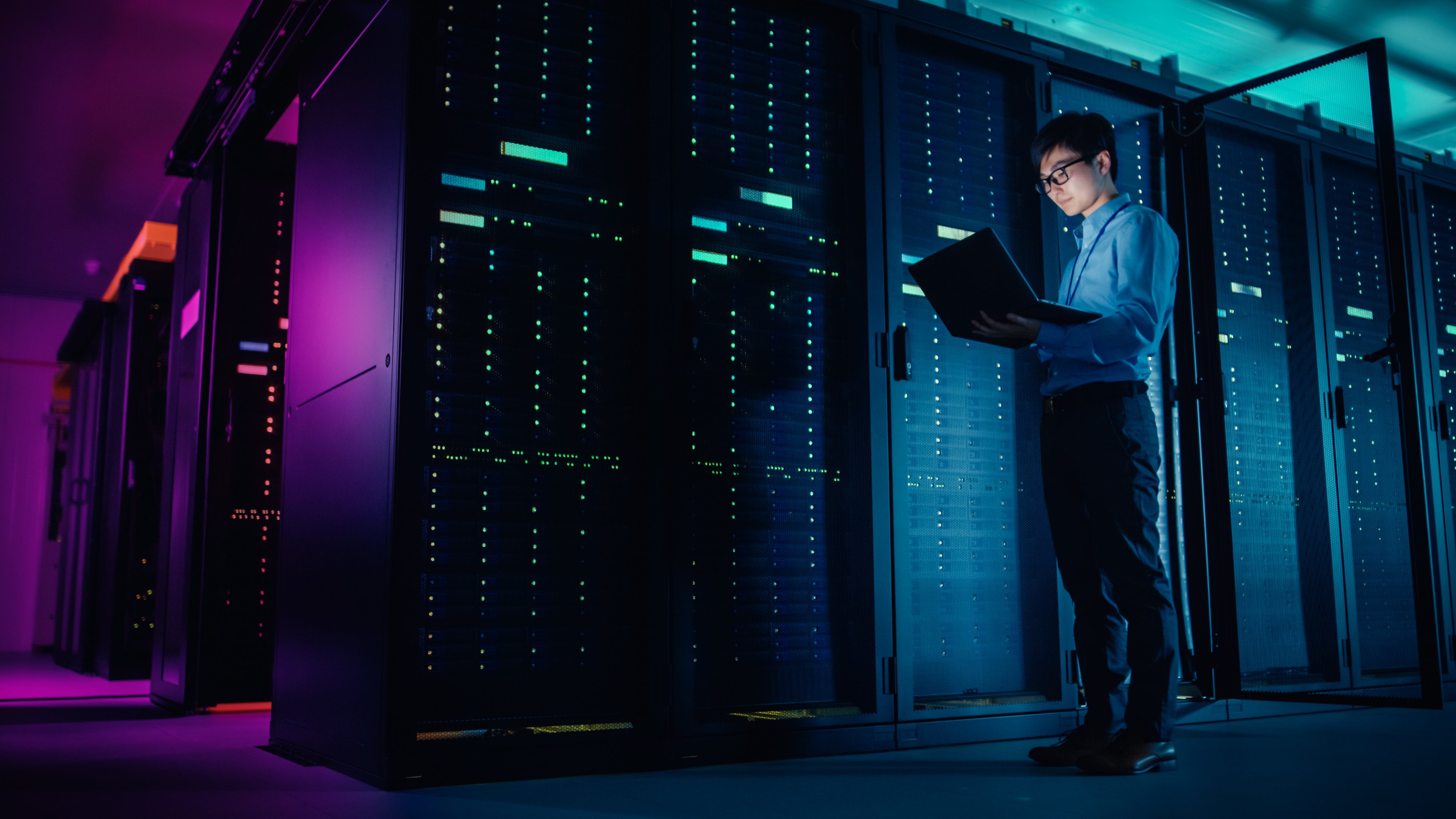Investors aiming for substantial returns in the next five years may want to back innovative companies at the forefront of disruptive industries. However, while many such opportunities present exceptional upside potential, they also come with significant downside risk. It may be wise to allocate a modest amount of capital to these promising yet inherently unpredictable opportunities.

Image source: Getty Images.
Investors searching for potential multibaggers in the next five years might want to keep an eye on CoreWeave (CRWV 1.58%) and MongoDB (MDB 0.66%). These companies are riding strong trends in the cloud computing and data space and can potentially compound small investments into significant gains in the next decade.
CoreWeave
CoreWeave's high-performance cloud data center infrastructure benefits from the dramatic demand for training and inferencing (real-time deployment) artificial intelligence (AI) models. The company rents compute capacity based on multiyear contracts to AI labs, hyperscalers, and enterprises. At the end of the second quarter of 2025, CoreWeave had $30.1 billion in backlog, almost double the year-to-date amount. Hence, the company enjoys high multiyear revenue visibility.

NASDAQ: CRWV
Key Data Points
With demand for AI compute capacity far outpacing supply, CoreWeave is aggressively investing to expand its data center footprint. At the end of the second quarter, the company had 470 megawatts of data center capacity online and operational, and it aims to increase it to 900 megawatts by the end of 2025. The company also secured 2.2 gigawatts of capacity for future buildouts.
CoreWeave's financial growth trajectory has been stellar. In the second quarter, the company's revenue surged 207% year over year to $1.2 billion, while adjusted operating income soared 135.3% year over year to $200 million.
CoreWeave's AI infrastructure can handle large-scale training and low-latency inferencing workloads. The acquisition of Weights & Biases added a robust AI developer platform, strengthening the company's AI model training, AI application evaluation, and monitoring capabilities. The company also proposed acquiring Core Scientific for around $9 billion. If completed, this deal will add 1.3 gigawatts of data center capacity and the potential to expand capacity by an additional 1 gigawatt. However, the agreement faces shareholder resistance, with proxy advisory firm Institutional Shareholder Services recommending voting against the sale. The largest Core Scientific shareholder, Two Seas Capital, which owns almost 6.3% of the company's shares, also opposes the deal.
Despite these challenges, CoreWeave's growth story remains strong. The company is currently trading at 17.75 times sales, which is expensive for a data center infrastructure provider. However, the valuation also highlights Wall Street's confidence in the company's future trajectory.
Analysts expect the company's revenue to soar from $5.26 billion in 2025 to $30.1 billion in 2030. They expect the company to reduce losses and become profitable by 2027. If these goals are achieved, the company may continue to trade at elevated valuation levels for several years.
Still assuming a 30% to 50% discount to the current P/S multiple (to be conservative), we can expect the company to trade at 8.9 to 12.4 times sales by the end of 2030. This can translate into market capitalization of $267.9 billion to $373.2 billion, which is 4 times to 5.6 times its current market capitalization of $66.2 billion.
So, the company can be a multibagger if it maintains its growth trajectory in the next five years.
MongoDB
MongoDB's flexible data platform (document model) is quietly becoming crucial to the global (AI) infrastructure buildout. Developers increasingly opt for its document-based database as a complete solution for transactional data, search, and AI features. This is a significant improvement over working with multiple disconnected systems that must be connected and maintained.

NASDAQ: MDB
Key Data Points
MongoDB's document model (JSON database) can handle structured, semi-structured, and unstructured data structures. It can effectively model messy, interdependent, and evolving data structures in the real world. The company also offers built-in search and vector search capabilities. The company's database can run both on-premise and in the cloud. With businesses rapidly adopting AI and real-time analytics, MongoDB's simplicity, scalability, and flexibility are key differentiators in the global business landscape.
MongoDB's recent financial performance has been impressive. In the second quarter of fiscal 2026 (ending July 31, 2025), revenue was up 24% year over year to $591.4 million. The company's cloud-based Atlas database service saw revenue grow 29% year over year, accounting for 74% of the company's second-quarter revenue. While not yet profitable on generally accepted accounting principles (GAAP) basis, the company is seeing a gradual decline in net losses. The company also added 2,800 new customers and ended the second quarter with a total customer base of 59,900.
MongoDB trades 12 times sales, which is lower than its five-year average of 14.9. Analysts expect the company's revenue to grow from $2.36 billion in fiscal 2026 (ending Jan. 31, 2026) to $5.36 billion in fiscal 2031. With Atlas scaling fast and new AI workloads requiring the company's flexible JSON database model, its P/S multiple can expand back to its historical five-year average. This would result in a market capitalization of around $79.6 billion, nearly 3 times its current market capitalization of $26.58 billion. So, the company can produce several-fold gains in the next five years even without assuming any overtly optimistic expectations.





